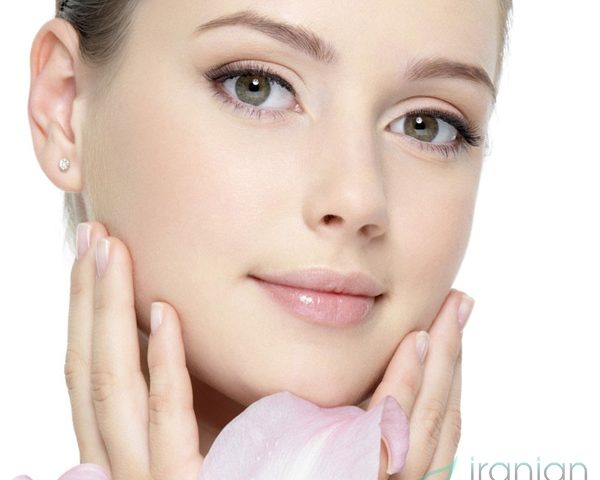Beautiful skin

There is no such thing as a safe tan, here’s what happens under the summer glow
There is much to be said about the sun – whether good or bad. It is our main source of vitamin D, which is essential for healthy bones and muscles. People with higher levels of sun exposure also have better blood pressure, mood levels, and fewer autoimmune diseases such as multiple sclerosis.
On the other hand, excessive UV exposure is estimated to contribute to 95% melanoma and 99% skin cancer other than skin cancer. These skin cancers are responsible for 80% of all new cancers each year in Australia.
Like any medicine, the dose is calculated. In Australia, especially in the summer, ultraviolet radiation is so high that even short-term exposures – such as during washing or walking from your car park to stores – add to large doses over a lifetime.
Fortunately, when it comes to tanning, the advice is clear: no. The dose of ultraviolet light is high enough to induce tanning is already much higher than the dose needed to produce vitamin D. A four-year study of 1113 people in Nambur, Queensland, found no difference in vitamin D levels between users who inhaled the sun and avoided the sun.
What happens in the skin when I get a tan?
The tan is formed when UV rays from the sun produce too much energy in our skin, causing damage to the membranes, proteins and, most importantly, DNA. Excessive energy from ultraviolet radiation (part of the ultraviolet rays that penetrate the upper layers of our skin) prevents DNA from reproducing correctly when cells that can cause mutations multiply.
Ultraviolet rays that penetrate deep into the skin can lead to a harmful interacting process (known as oxidative free radicals damage) which can damage not only DNA but also many structural components of the skin. It is estimated that exposure to the sun in one day can cause one million defects in each DNA cell.
Once the DNA repair mechanisms reveal large amounts of damage, the skin cells point to the pigment cells to begin producing additional melanin, the pigment that gives our skin, hair and eye color.
Melanin is further subdivided and transferred to other skin cells to settle on and protect part of the cell containing the DNA. This filter has some ultraviolet light and gives its brown color. But this tan does not provide much help – it’s just as protective as the SPF 2 sunscreen.
But I like the way it looks black. What now?
Supremacy is known to be healthy and appealing to many Australians. Recent research shows that Australians who feel a special self-awareness about their bodies are more likely to deliberately increase their sense of attractiveness.
Fortunately, there is a safe way to engage in the aesthetics of golden brown skin: any tan comes out of the bottle with dehydroxy acetone active ingredient. This is a colorless sugar molecule that turns brown when it reacts with amino acids in the skin. It’s safe to use because it does not penetrate deeper than the upper layer of the skin, where the cells are already dead.
They are not enticed by sunbathing and marble compartments, as they produce up to six times the ultraviolet rays such as midday summer sun. Sunbathing booths are illegal in Australia for this reason, but there are still privately owned solariums. Avoid them at all costs.
How can you keep the sun safe without living in a cave?
There are two parts of the sun protection behavior in Australia, allowing you to get health benefits from the sun and preventing you from getting one of the $ 2.4 million that the sun burns each week.
First, you should wear 30+ SPF sunscreen every day when your UV indicator is three or higher. By placing it all over the place that is not covered with that day’s clothing, you protect yourself from the damage caused by short exposure, daytime and ultraviolet radiation, in Australia’s ultraviolet environment.
You should make a sun visor as part of your morning routine, such as brushing your teeth. Use the Cancer Council Free Sun application or check your local weather report to see which UV indicator you are on today.
During the cold months in the southern parts of Australia, when the UV index is often less than three, it is good to spend time most days, at midday, with the skin exposed to the sun to maintain healthy levels of vitamin D.
So, a lunchtime picnic with coiled sleeves is a good idea in July in Hobart, where the UV indicator reaches only one. In Brisbane at the same time, an average UV index in July of four, do not need to take special steps to get enough vitamin D.
Second, if you are planning to go abroad for a long time, follow the slip slap advice and drop down the tip. Slip on a long-sleeved shirt, lean on the sun visor, slap on a hat, look for the shade and slip on some sunglasses. Re-apply sunscreen every two hours, and make sure you use plenty: you want a teaspoon for your back, chest, head, neck, arm, and leg.
All about nose surgery
How do doctors perform LASIK?
What is the benefit of hair transplantation? Does this process have problems?

